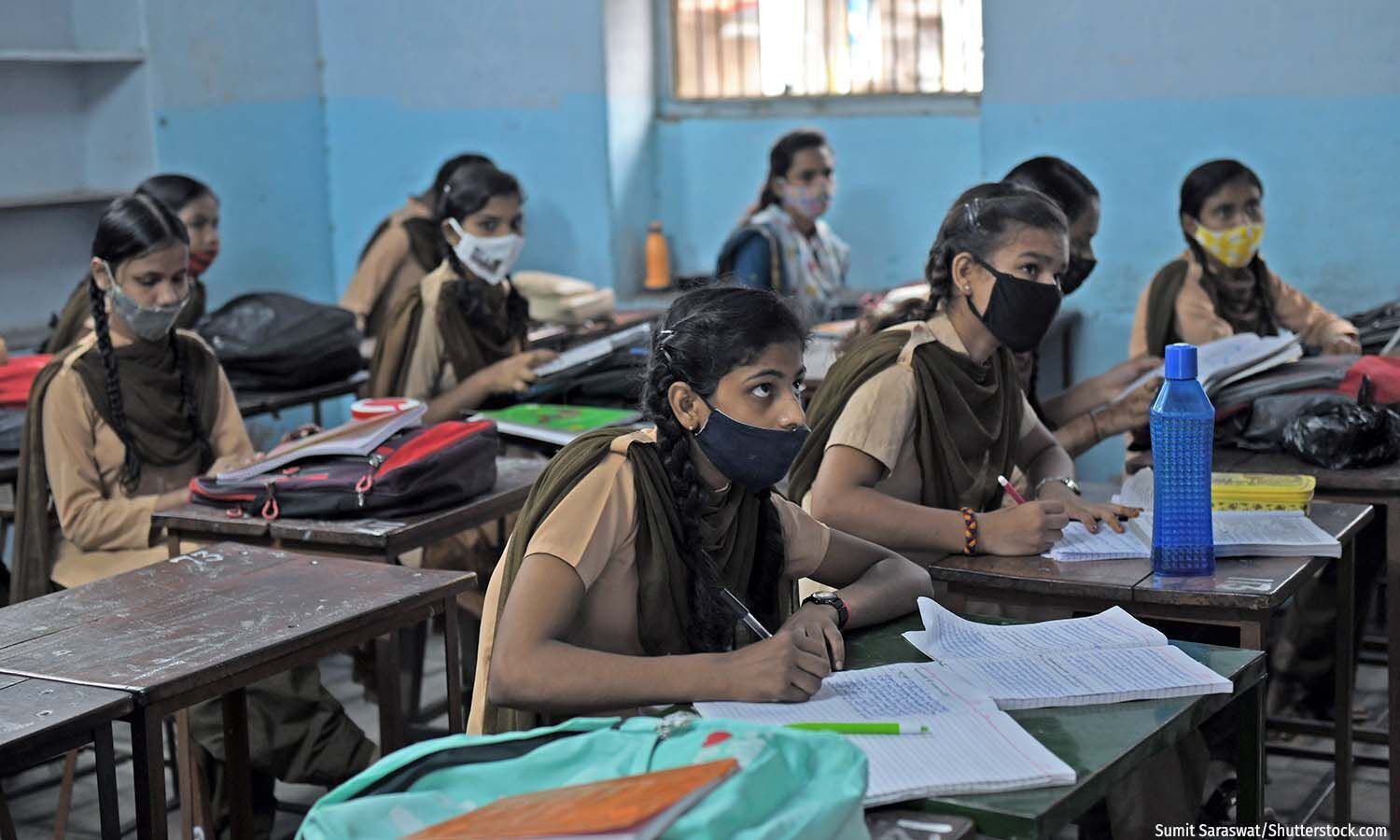DataViz: This Year, 12 States Reduced Education Funding In Percentage Terms
The absolute amount budgeted for education increased in several states but states allocated a lower proportion of their total budget to education, even as overall state budgets grew

Indore: Even as most states increased or kept their education budgets similar in 2021-22, compared with the previous year, they either spent the same or a lower proportion of the total state budget on education. Twelve states--Odisha, Gujarat, Telangana, Andhra Pradesh, Tamil Nadu, Punjab, West Bengal, Uttarakhand, Uttar Pradesh, Chhattisgarh, Madhya Pradesh and Karnataka--reduced their allocations in 2021-22, in percentage terms. This is despite pandemic-related school closures and digital education worsening inequality in education, children losing out on social development and poor learning outcomes.
The National Coalition on the Education Emergency (NCEE), a group of individuals and organisations across the country which have come together to 'resume and renew' school education, released a policy tracker that analysed, for 21 states, the budget estimates and revised estimates for 2020-21 and the budget estimates for 2021-22. (Read our explainer to understand these terms.)
Overall, 19 of 21 states are estimated to have spent less than what they set out to in 2020-21; that is, their revised estimates were lower than their budget estimates for that year.
For the second pandemic year (2021-22), two states (Assam and Tamil Nadu) budgeted less than the estimated spending (or revised estimate) for 2020-21. But, as we said above, these revised estimates were themselves lower than last year's budget, presented before Covid-19 disrupted normal life. Therefore, in effect, five of these states allocated less to education in the current year than last year.
But, absolute numbers do not reveal the larger picture, as we explain below.
In the first pandemic year, 14 of 21 states reduced their education budget as a proportion of the total budget. In other words, these states reduced the importance given to education in their budgets that year. This is even as eight of these 14 states increased their total expenditure that year.
To put this in perspective, schools were shut across the country for most of the year in 2020-21, and online learning had increased the inequality between students who had access to digital tools and those who did not.
For the second pandemic year (2021-22), again in percentage terms, 12 of 21 states reduced their allocation to education compared to revised estimates for 2020-21. This is even as the first wave subsided and the second wave was months away. All 12 states increased their total estimated expenditure, suggesting a further reduction in importance accorded to education.
A large proportion of funds for education come from the state's own budget. The majority of these funds are spent on fixed, committed liabilities such as salaries and administrative expenses.
"Tens of millions of poor children have lost basic skills. We need a massive infusion of public funds, and a revamped multiyear education strategy to address this emergency," said Sajitha Bashir, former advisor at the World Bank and a core member of the NCEE.
We welcome feedback. Please write to respond@indiaspend.org. We reserve the right to edit responses for language and grammar.


